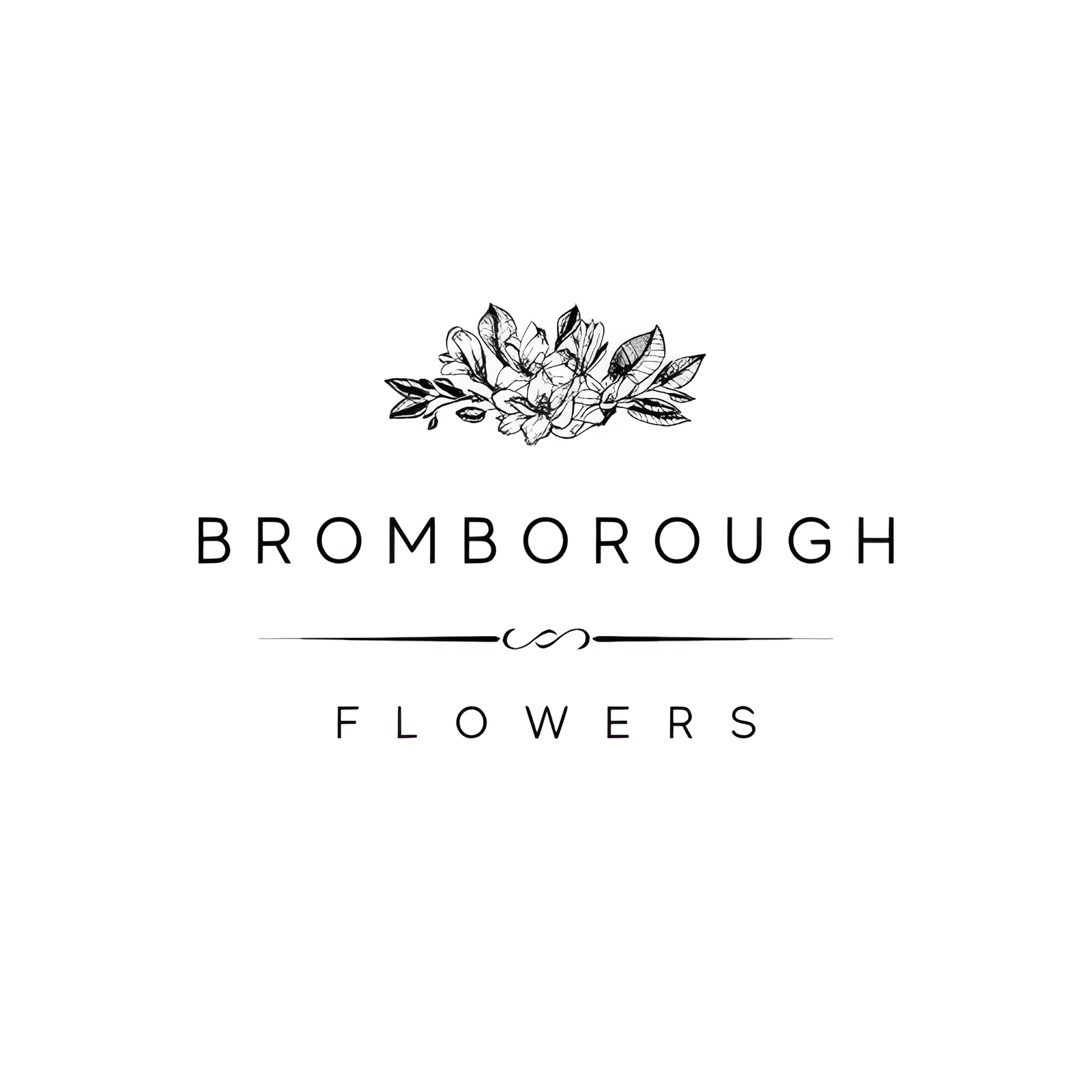In the world of wedding florals, heather stands out as a versatile and elegant choice, offering a unique blend of texture and sophistication. Known for its striking flower spikes in hues of purple, lavender, pink, and white, heather's tight stems and tiny leaves make it ideal for intricate bridal bouquets and floral arrangements. Its cultural significance, symbolizing good luck and protection, adds a layer of meaning to any celebration. Whether you're planning a rustic, bohemian, or wildflower-themed wedding, heather seamlessly complements a variety of palettes and themes. But what makes heather truly special in wedding decor?
Flower Overview
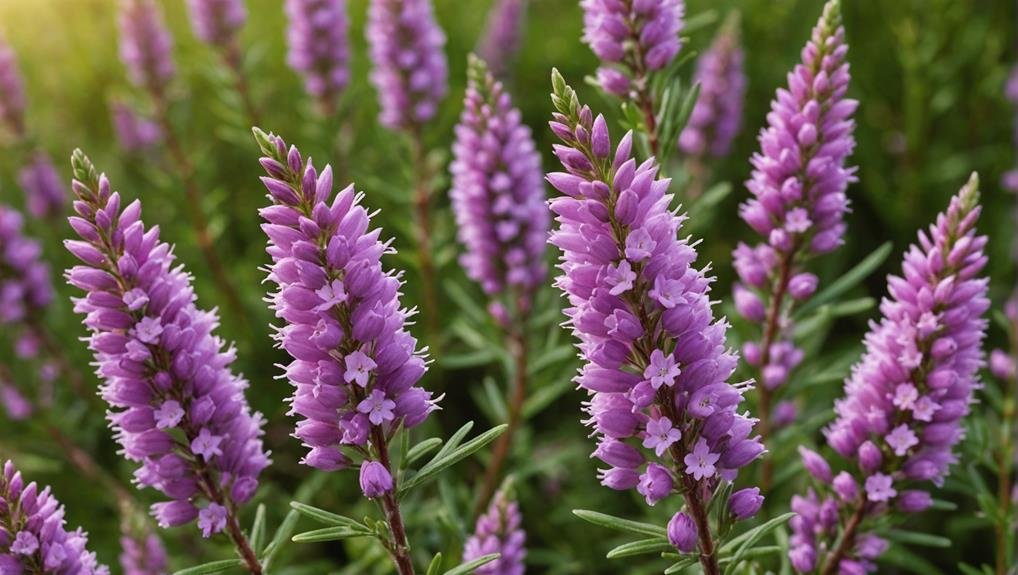
Heather, also known as calluna or Scotch heather, is an evergreen shrub celebrated for its tight stems, tiny leaves, and striking flower spikes in shades of purple, lavender, pink, and white. This versatile plant is a popular choice as a wedding flower, often featured in both bouquets and floral arrangements. Its unique aesthetic and vibrant hues make it a favorite among brides and florists alike.
Heather's appeal as a wedding flower is multifaceted. Its compact, dense structure provides a lovely contrast to more delicate blooms, adding texture and depth to arrangements. The flower spikes, which can range from 6 to 10 inches, offer a visually appealing vertical element that enhances the overall composition of wedding florals. Additionally, the variety of colors available ensures that heather can complement a wide range of wedding themes and palettes.
In terms of care, heather prefers full sun and is fairly drought-resistant, making it a practical choice for various climates. For best freshness, heather should be stored at temperatures between 34 to 38 F (1 to 3 C). This makes it a reliable option for wedding florals, ensuring that the blooms maintain their beauty throughout the event.
Physical Description
Typically admired for its intricate beauty, this evergreen shrub features tight stems, tiny leaves, and striking flower spikes that can range in color from purple and lavender to pink and white. Heather, also known as calluna or Scotch heather, is a versatile plant that heightens the elegance of any floral design. Each shrub can vary in height from as short as 4 inches to as tall as 3 feet, making it adaptable for different design needs in wedding arrangements.
Heather's flower spikes, which measure between 6 to 10 inches, are particularly prized in floral arrangements and bouquets for their delicate and elegant appearance. The dense clusters of tiny, bell-shaped flowers create a visually appealing texture and depth, adding a touch of sophistication to any wedding floral design. The evergreen nature of heather means it retains its tiny leaves year-round, contributing to its lasting appeal and reliability as a decorative element.
Incorporating heather into floral designs not only enhances the aesthetic appeal but also brings an element of natural grace and durability. Its drought-resistant properties and preference for full sun assure that heather remains a robust and visually stunning choice for wedding flowers.
Available Colour Varieties
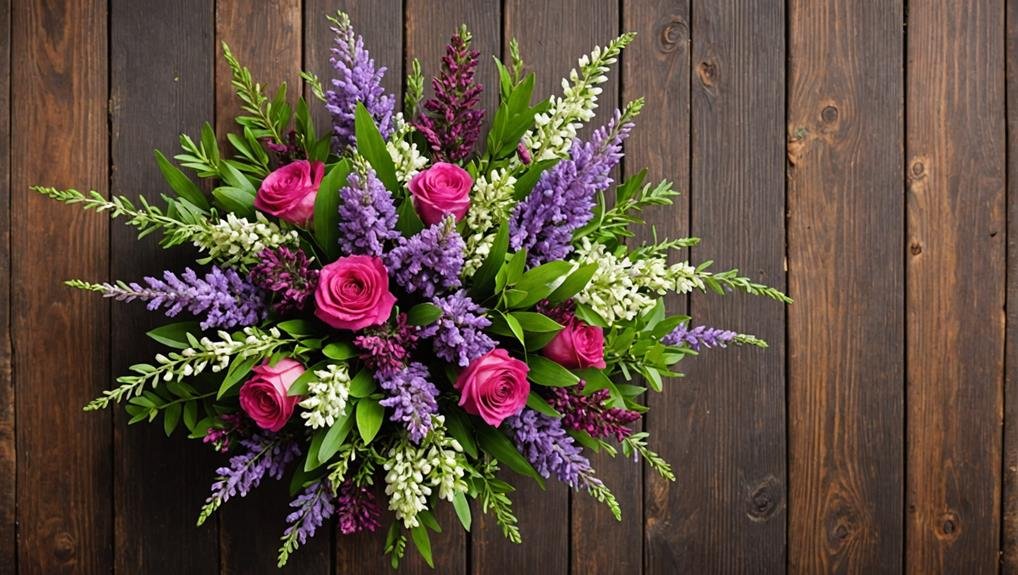
Available in a spectrum of hues, heather flowers offer a versatile palette for wedding floral arrangements, encompassing shades of purple, lavender, pink, and white. These diverse color options make heather an adaptable choice for various wedding themes and styles, from romantic and rustic to modern and minimalist.
Purple and lavender hues are among the most popular choices for heather flowers, providing a soft, romantic touch to bouquets and centerpieces. Their gentle tones can complement a wide range of other wedding flowers, enhancing the overall aesthetic of the floral arrangements.
Pink heather flowers are equally cherished, adding a delicate and feminine charm that is ideal for bridal bouquets and table settings.
White heather, often used as a filler flower, seamlessly blends with rustic, boho, and wildflower themes. Its subtle elegance allows it to pair well with more vibrant blooms, creating balanced and visually appealing arrangements.
Here are four key points about heather's color varieties:
- Purple and lavender shades add a soft, romantic touch.
- Pink hues bring a delicate, feminine charm.
- White heather blends well with rustic and boho themes.
- Versatile palette for diverse wedding styles.
Heather's long length and unique texture contribute to its versatility, making it an excellent choice for creating tall centerpieces and eye-catching bouquets.
Latin Name and Taxonomy
Calluna vulgaris, commonly referred to as Scotch heather or ling heather, belongs to the Ericaceae family and plays a significant role in wedding floral arrangements. This evergreen shrub is distinguished by its small leaves and vibrant flower spikes, making it a popular choice for adding texture and color to wedding bouquets and decorations.
In terms of taxonomy, Calluna vulgaris falls under the order Ericales and the genus Calluna. This classification helps in accurately identifying and categorizing the plant, ensuring that florists and wedding planners can make informed choices when selecting this wedding flower for various arrangements. The genus Calluna is unique within the Ericaceae family, setting it apart from other related plants.
The detailed understanding of its Latin name and taxonomy is essential for professionals in the wedding industry. It allows for precise communication about the plant's characteristics and guarantees that the correct species is used in floral designs.
Utilizing Calluna vulgaris in wedding arrangements leverages its natural beauty and symbolic meanings, contributing to the overall aesthetic and emotional impact of the event. This knowledge enhances the ability to create memorable and cohesive floral displays that align with the couple's vision.
Geographical Origins
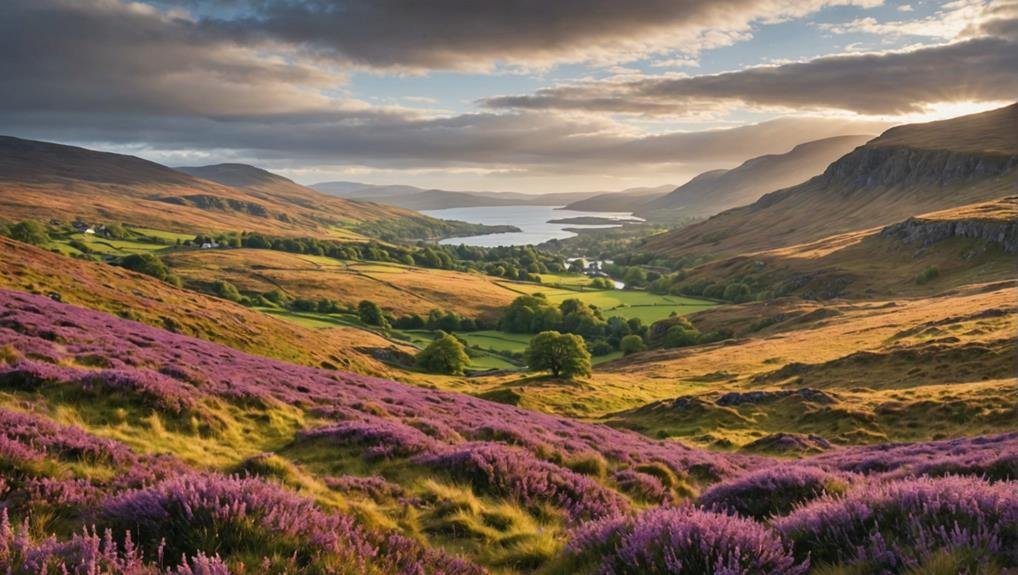
Heather, known for its vibrant flower spikes and small leaves, is indigenous to the diverse landscapes of Europe, Russia, and northern Africa. This versatile plant thrives particularly well in heathlands, moors, and acidic soils, making it a popular choice in wedding floral arrangements for its natural beauty and rustic charm. Regions such as Scotland, Ireland, and Scandinavia are renowned for their extensive heather fields, which contribute to the plant's strong association with rugged, picturesque landscapes.
Heather is commonly found in:
- Mountainous areas: These regions provide the cool, moist climates that heather favors.
- Coastal regions: The plant adapts well to the saline conditions and stable temperatures found near coastlines.
- Heathlands: These open, uncultivated lands with acidic soil are ideal for heather growth.
- Moors: These expansive, often wet landscapes offer the perfect environment for heather to flourish.
The plant's delicate flowers, which bloom in shades of purple, lavender, pink, and white during the late summer and early fall, make it a versatile addition to wedding décor.
Heather's geographical origins not only influence its growth patterns but also enhance its appeal in wedding arrangements, providing a touch of natural elegance and timeless beauty.
Season Availability
The year-round presence of heather flowers makes them a versatile choice for weddings in any season. This flexibility ensures that couples can integrate these delightful blooms into their wedding decor no matter the time of year. Heather flowers are especially abundant from late summer to early fall, coinciding with many popular wedding months. During this peak period, the increased supply generally leads to better availability and more budget-friendly options.
However, it is essential to ponder how availability and pricing may vary outside of the peak season. Planning a wedding with heather flowers during off-peak times might necessitate closer coordination with your florist or supplier to guarantee you receive the desired quality and quantity of blooms. Seeking advice from professionals can offer insights into specific availability and pricing based on your wedding date, assisting you in making well-informed decisions.
To help visualize the availability throughout the year, refer to the table below:
| Season | Availability | Pricing |
|---|---|---|
| Winter | Moderate | Potentially higher |
| Spring | Moderate | Potentially higher |
| Summer | High | Cost-effective |
| Fall | High | Cost-effective |
Growing Conditions
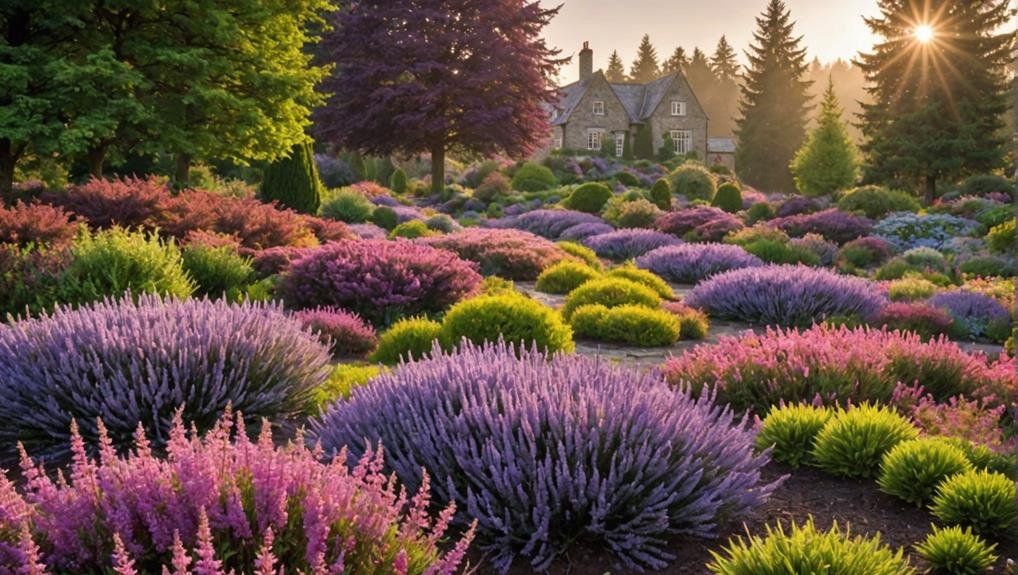
Best growing conditions are necessary for maintaining the health and vibrancy of heather plants. Heather thrives in full sun, making it a perfect addition to outdoor wedding venues where natural light can enhance its beauty.
To cultivate healthy heather plants, consider the following guidelines:
- Sunlight: Heather plants prefer full sun, which is essential for their growth and color vibrancy. Ensure they are planted in locations that receive ample sunlight throughout the day.
- Watering: These plants are fairly drought-resistant, meaning they do not require frequent watering. Overwatering can lead to root rot, so it's important to allow the soil to dry out between waterings.
- Temperature: For cut heather used in wedding arrangements, storage at a temperature between 34 to 38 F can help prolong their vase life, keeping them fresh for the ceremony and photoshoots with the wedding dress.
- Pruning and Fungicide: Pruning should be done carefully to avoid water loss and plant stress. At the first sign of fungal infection, applying fungicide can prevent disease spread and maintain plant health.
Cultural Significance
Celebrated for its rich cultural heritage, heather holds a profound significance in various wedding traditions across Scotland, Ireland, and beyond. This unassuming yet beautiful flower has woven itself into the fabric of matrimonial ceremonies, symbolizing various virtues and blessings.
In Scottish weddings, heather is revered for its symbolism of good luck, protection, and admiration. It is often included in bridal bouquets and boutonnieres to bestow these positive attributes upon the newlyweds.
The cultural significance of heather extends into Celtic traditions as well, where it is associated with healing, purification, and spiritual growth. This connection to spiritual well-being makes heather a meaningful addition to wedding ceremonies that aim to honor ancient customs and beliefs.
Similarly, in Irish weddings, heather is cherished for its ability to symbolize admiration, good fortune, and protection, making it a popular choice for couples seeking to incorporate traditional elements into their special day.
Heather also finds its place in Jewish wedding ceremonies, where it represents beauty, good luck, and admiration. Even in English weddings, the flower is used to invoke good luck and protection for the couple, underscoring its widespread cultural significance.
Typical Use in Weddings
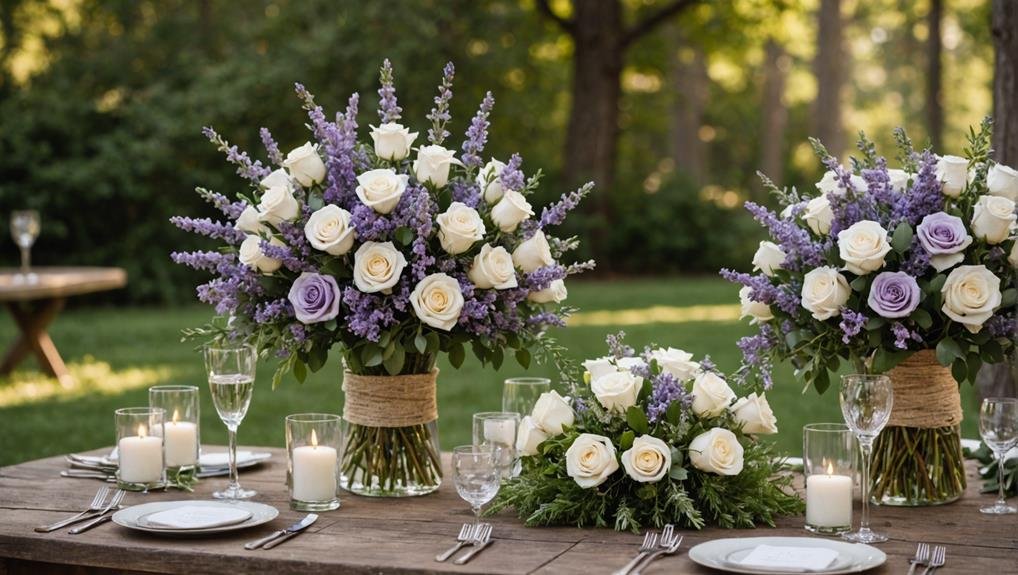
Frequently featured in wedding floral arrangements, heather flowers are a popular choice for bridal bouquets, bridesmaid bouquets, buttonholes, and various wedding decorations. Their versatile nature allows them to seamlessly blend into a myriad of wedding themes, particularly those with a rustic, bohemian, or wildflower aesthetic. Heather flowers are especially favored for outdoor fall weddings, Highland wedding themes, and vineyard wedding decor due to their natural and earthy appeal.
Heather can be incorporated into wedding decor in numerous ways. Here are some typical uses:
- Bridal Bouquets: Heather adds texture and a touch of wild beauty, complementing other flowers like ranunculus, daisies, dahlias, and snapdragons.
- Bridesmaid Bouquets: The subtle elegance of heather enhances the cohesion between the bridal party's floral arrangements.
- Buttonholes: Often used in buttonholes, heather provides a delicate yet sophisticated touch for the groom and groomsmen.
- Wedding Decorations: From table centerpieces to entryway arrangements and altar decorations, heather's versatility shines through in various settings.
Alternative Flower Types
When planning wedding floral arrangements, many alternative flower types to heather can be considered to achieve the desired aesthetic and ambiance. Roses, lilies, dahlias, and peonies are excellent choices that bring a classic elegance to any wedding setting. Each of these flowers offers a unique charm and can be tailored to fit various wedding themes and color palettes.
For bridal bouquets, eucalyptus, succulents, and hydrangeas serve as appealing alternative flower types. Eucalyptus adds a touch of greenery and texture, while succulents provide a modern and sustainable option. Hydrangeas, with their voluminous blooms, can create a lush and luxurious bouquet.
When it comes to wedding centerpieces, sunflowers, carnations, and orchids are superb substitutes for heather. Sunflowers bring a cheerful and rustic vibe, carnations offer versatility and affordability, and orchids contribute an exotic and sophisticated flair.
For those seeking a unique touch in their floral decorations, incorporating wildflowers, tulips, or chrysanthemums can add distinctive beauty. Additionally, mixing and matching alternative flower types such as gerbera daisies, irises, and anemones allows for a diverse and visually appealing arrangement, ensuring a memorable and personalized wedding experience.
